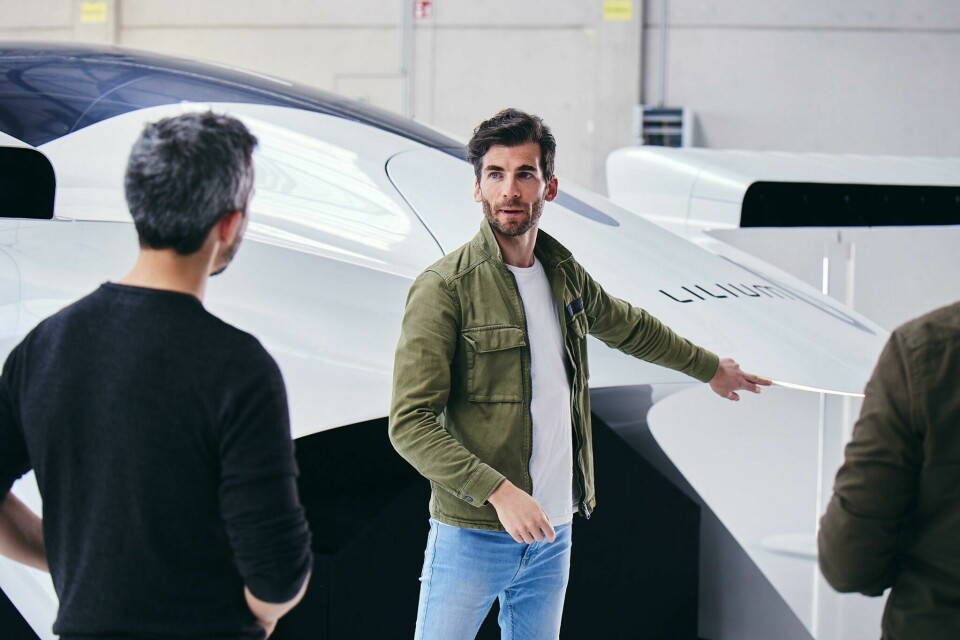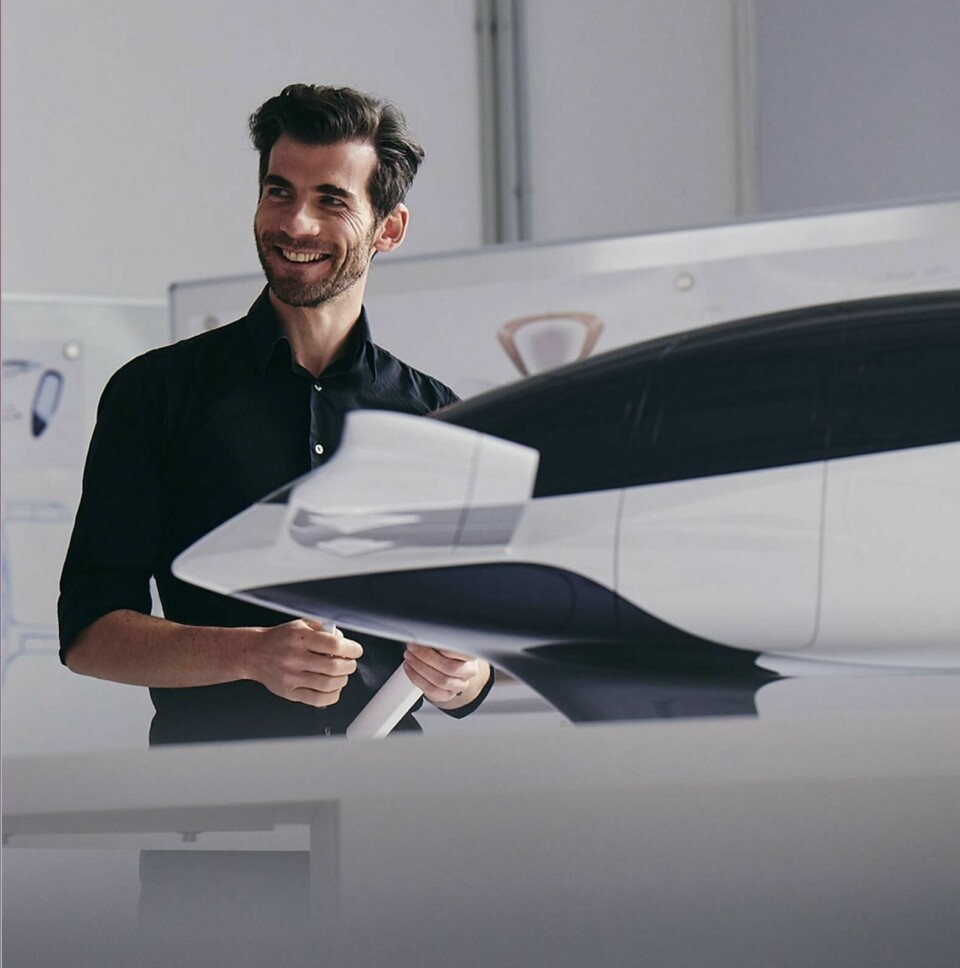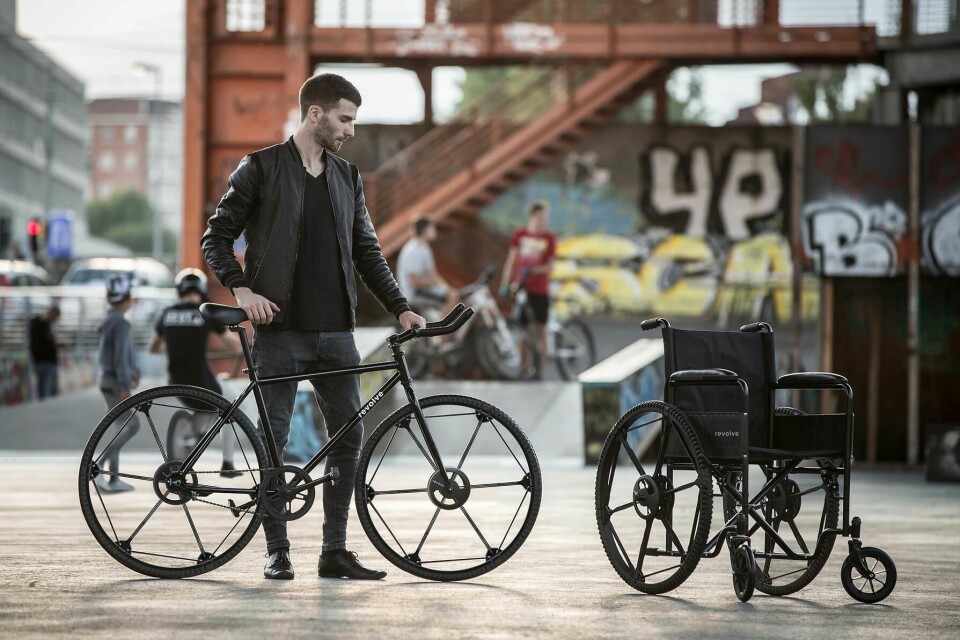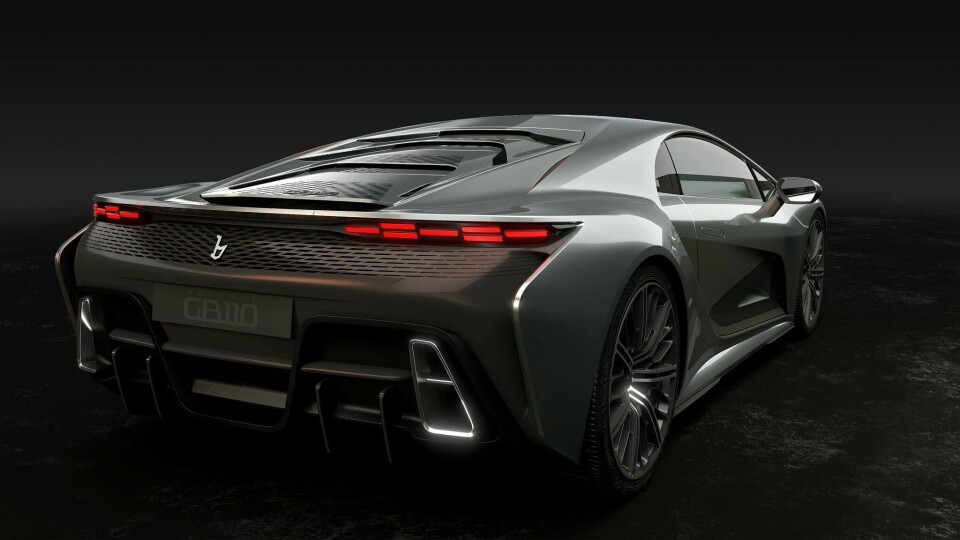
New mobility design studio opens in Munich
Car Design News speaks with the now-independent design boss Andrea Mocellin about his varied career and why he opened his own studio
Andrea Mocellin has never been afraid to try new things. After treading the conventional path in car design he branched out into aircraft, product and industrial design – including an innovative wheelchair that can be stored as cabin baggage.
Now, the Italian is taking everything he has learned to open an independent studio that is focussed on what he describes as transdisciplinary design. We caught up with Mocellin to learn more about Mobility & Shape – which is based in Munich for now – and to discuss why many designers go it alone eventually.
CDN: Why did you start Mobility & Shape?
AM: It was essentially a result of lots of conversations I had been having. During my time at the OEM design centres, I realised there was room to try and investigate how to move into more of a service, almost like an agency. Today I find myself working for several clients between the US and Europe, with new projects coming down the line that range from super light e-gravel bikes to advanced aerospace programs and coachbuilt, limited-edition hypercars like the Bertone GB110.

CDN: How does the nature of independent design contrast with being in-house?
AM: You can be having a discussion with a young CEO or an experienced CEO – they both have a vision but may not know where to start. They could go to one of the big design firms, yes, but a lot of the time the CEO wants more of a one-to-one conversation with the designer. That’s where I stand, because I can basically take the project from a discussion straight through to displaying something at a motor show, which is what is happening with Bertone and the GB110.
I always loved having contact with the board level of a company, getting to really know their mindset and shape their words into forms. That happened more and more, and particularly at Lillium where I had a chance to work with the founders.
I’m obsessed about the idea of creating something memorable
CDN: There is no shortage of independent design studios today, Andrea. What’s your USP?
AM: As a smaller operation you can take more risks and really challenge yourself. We have a super compact studio which is great because you know that you can deliver the project and avoid the headaches associated with a big design studio; they have to pay 90 designers and always take on huge projects. If we are being honest, a big studio cannot risk taking a chance on a client that is really dreaming and shooting for the stars.
I also think the CEOs enjoy this kind of close relationship because you can speak to them face to face and almost provide a mentoring role, helping them understand how to create a car, the marketing approach and, in my case, leveraging my experience as an entrepreneur.

CDN: You’ve certainly had a busy and varied career. How does that set you up for success in ‘transdisciplinary design?’
AM: I’m obsessed about the idea of creating something memorable. I like the word ‘iconic’ but I think the word ‘artisan’ is more fitting, as there is a space for designers that can work across these different disciplines of mobility. Beyond design I’ve learned a lot about manufacturing, about raising money with investors and ensuring that a product can actually be sold.

CDN: I guess you get to cherry-pick which projects you take on as well.
AM: Exactly, and for me, I’ve always had to feel that the relationship clicks. It has happened a few times where that relationship didn’t quite work, and the project wouldn’t come out as well as it could. But as an independent designer, you can choose not just the project but also who you work with as a person. I need to trust that the CEO has a vision. Without that trust it’s really hard to do something that is healthy in term of design.
I see the studio being really lean as an advantage
CDN: And is it literally just you at the moment?
AM: Yep, everything from sketching, prototyping, 3D modelling and here we can actually build a full-scale car, just like we did with Bertone and other companies I can’t mention now. It’s an advantage for OEMs and start-ups, because the design process now is so fast and everyone can pretty much do everything.
CDN: I’m guessing you’ve got a separate studio space, you’re not doing this stuff at home…
AM: I work in the urban collab here in Munich, but for confidential projects I always use a private studio with maximum security. All the companies I work for have an engineering team, so I can give them the CAD models to translate those surfaces into manufacturing. That’s why when you ask me if you need a big team, I could say yes, but I see it as an advantage being really lean.
I think we will see more and more designers that want to give a breath of fresh air to car design
CDN: Bangle, Giugiaro, Stephenson and more recently, Selipanov. There have been some big names in design that eventually went solo. Why do you think that is?
AM: If you become a designer, you naturally want to do that and have as much involvement in a project as possible. There is this natural competitiveness inside you. I really admire Chris, Frank and Sasha in different ways as they are all super talented in their own areas. Sasha is super good with hypercars, for example.
There’s Michael Ani at Studio Makkina too, and the Bridan twins [Iliya and Nikita) in California. I think we will see more and more designers that struggle in a system to take the kind of risks they dreamed of when they started out. Not because we want to empty the design studios of OEMs but to give a breath of fresh air to car design.
CDN: So there is more freedom when flying solo?
AM: Yes, because the independent designer is not influenced by internal marketing, sales and things like that. You can really give in and pursue the wow factor. It is also quite straightforward in principle: we want to create proposals for OEMs at the highest quality. It’s really important that when there is a clear message to showcase to the world, you protect that from adversity.
CDN: Did you take inspiration from anywhere else?
AM: I really admire designers like Ross Lovegrove and Mark Newson who were reinventing products: Lovegrove with the Walkman; Newsom with a different typology of industrial and transportation products. I like designers that think outside the box but also bring provocative design with a storyline. In that sense, I think Mobility & Shape represents this perfectly.
What I’m trying to do is give shape to mobility, be it the seat of a plane, a car wheel, an exterior or interior of a vehicle, a bicycle… Anything that moves and has a shape. I love this kind of romance and – like Felix told you guys at Geneva – I agree that there is space for designers to challenge the status quo of the discipline.



















